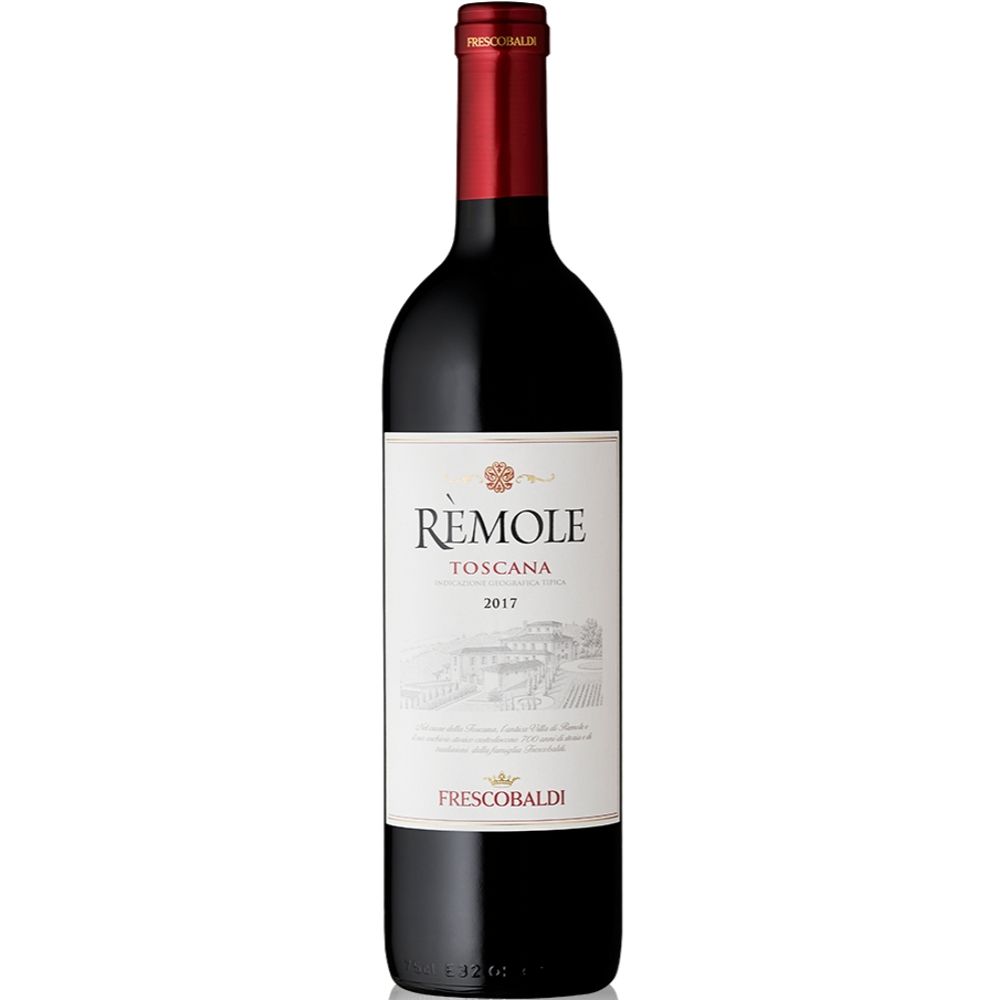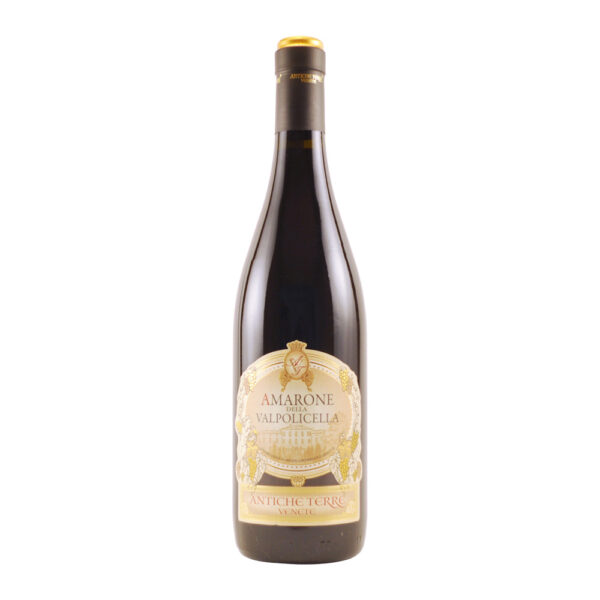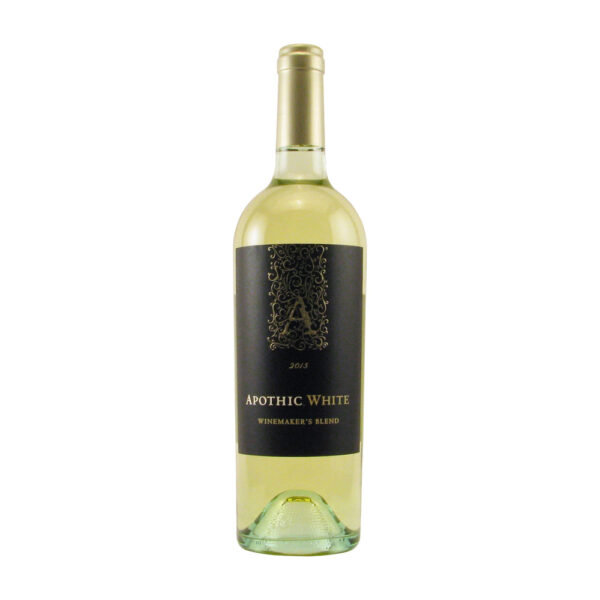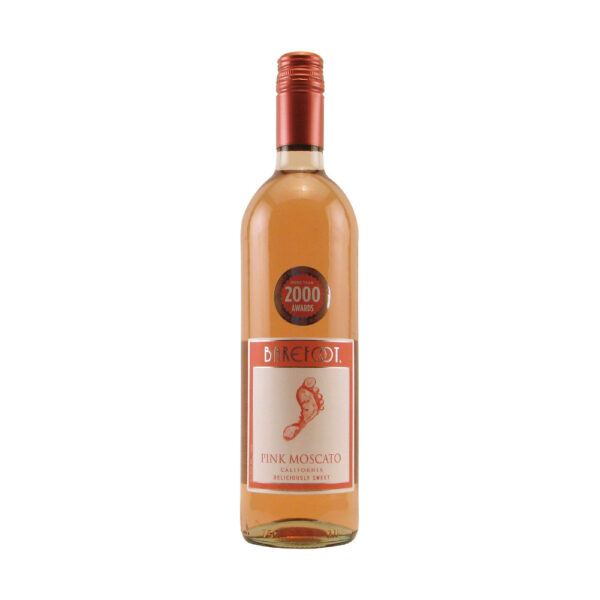Description
Frescobaldi Rémole Rosso Toscana 2017 750ml
Villa di Remole, in the heart of Tuscany, is the cradle of the 700 years of history and tradition of the Frescobaldi family. Remole is an intense, soft and fruity wine that will captivate and delight you. Particularly suited for full-flavoured first courses, charcuterie and red meat.
Remole 2017 has a deep, brilliant and intense violet-red color. The nose reveals decisive cherry and raspberry aromas, followed by spicy hints of black pepper. Its main characteristic is its pleasantness, which combines elegance with balance and a pronounced softness.
WINE ENTHUSIAST – 87 Points – BEST BUY
Frescobaldi Rémole Rosso Toscana 2017 Notes To Your Senses:
- TASTE: Pleasant cherry and raspberry balanced by black pepper
- AROMA: Decisive cherry and raspberry, followed by spicy hints of black pepper
- APPEARANCE: Deep, brilliant and intense violet-red
- ABV: 12%
- PAIRING: Mildly spiced cured meats and full-flavored pasta dishes.
Sangiovese:
The most widely planted grape variety in Italy. The predominant grape for red wines of Tuscany, and is the main component in some of the great names in Italian wine.Known for its high acidity, firm tannins and balanced nature. Cherry and dark fruits are the core flavors, but also contain notes of dried herbs. The use of oak has become more popular for Sangiovese wines as this technique generates richer flavors. One of Sangiovese’s more modern incarnations is in “Super Tuscans.” These wines blend indigenous Italian grapes (Mainly Sangiovese) with Cabernet Sauvignon, Cabernet Franc, and Merlot.
Red Wine:
Bringing out the best aromas and flavors of red wine can be achieved through the correct storage of temperature, generally between 50 to 55 degrees. Of course, this is a general rule of thumb as it depends on the grapes used when producing wine. There are so many health benefits due to the tannin. Procyanidins are a type of condensed tannin that is found in green tea and dark chocolate. Speaking of health, young red wines are better than old as they have more tannin. However, as red wine ages, they become lighter. Very old wines are translucent and pale.
Vitis vinifera originating from Eastern Europe makes up most of the common varieties of red wine. The aromas of red wine come from grapes only. Cherry, berry, jam, and herbs are all from fermented grapes and wine aging in oak barrels. Pretty simple for such a rich, complex, and tasteful wine!
Italy:
Italy has adopted a rigorous controlled appellation system that has strict controls with regulations and governing vineyard quality, yields per acre, and aging practices just to name a few. There are over three hundred DOC (Denominazioni di Origine Controllata) and DOCG (Denominazioni di Origine Controllata e Garantita) wines today. There are over five hundred classifications IGT (Indicazioni Geografica Tipica) wines are factored in too. Depending on the region of Italy, you’ll have a better idea of what types of wine are produced.
In the North, the Italian Alps lay against long expanses of the Po River plains. Tiny pockets and microclimates along the mountains link to their very own special wine. It always seems to be a fight between nature and wine, but wine continues to win as it has an extraordinary ability to age.
Central Italy delivers many more exciting wines such as Sagrantino from the Umbrian town of Montefalco, dense and dark Montepulciano from Abruzzo, and white Verdicchio from Le Marche.
Southern Italy, specifically Sicily has native grapes like Nero d’Avola (red) and Grillo (white). Grillo is used to produce fortified wine, Marsala. Sicily has a relaxed regulation with an increased experimentation which make the “new world” wine region, while perfectly locked within the confines of an “old world” wine reality.
Master Sommelier Little Known, Big Facts:
- The color of wine depends on the fermentation extracts using skin, like Red wine as compared to white wine, leaving the skin behind
- The oldest bottle of wine dates back to A.D. 325; it was found in Germany inside two Roman sarcophaguses
- The worst place to store wine is usually in the kitchen because it’s typically too warm, in refrigerators, their warmest setting can be too cold
- Richer heavier foods usually pair well with richer, heavier wines; light wines pair with lighter foods
- Generally, a vintage wine is a product of a single year’s harvest, not when the wine is bottled
- A “dumb” wine refers to the lack of odor while a “numb” wine has no odor and no potential of developing a pleasing odor in the feature
- If a server or sommelier hands you a cork, don’t smell it, look for the date or other information ( mold, cracking, or breaks)
- Tannin is a substance that tingles the gums when you indulge your palate with a sip of wine, it’s an excellent antioxidant
- Smell is by far the most important sense when it comes to drinking wine
- Wine was first developed in Mesopotamia, not France
- French wines are labeled following the soil on which they are produced, not according to the grape used
- When chilling wine, adding salt to ice will cool it down faster
Warnings:
You must be 21 or over to purchase this product.
Instructions:
Serve between 55-65 degrees






Reviews
There are no reviews yet.